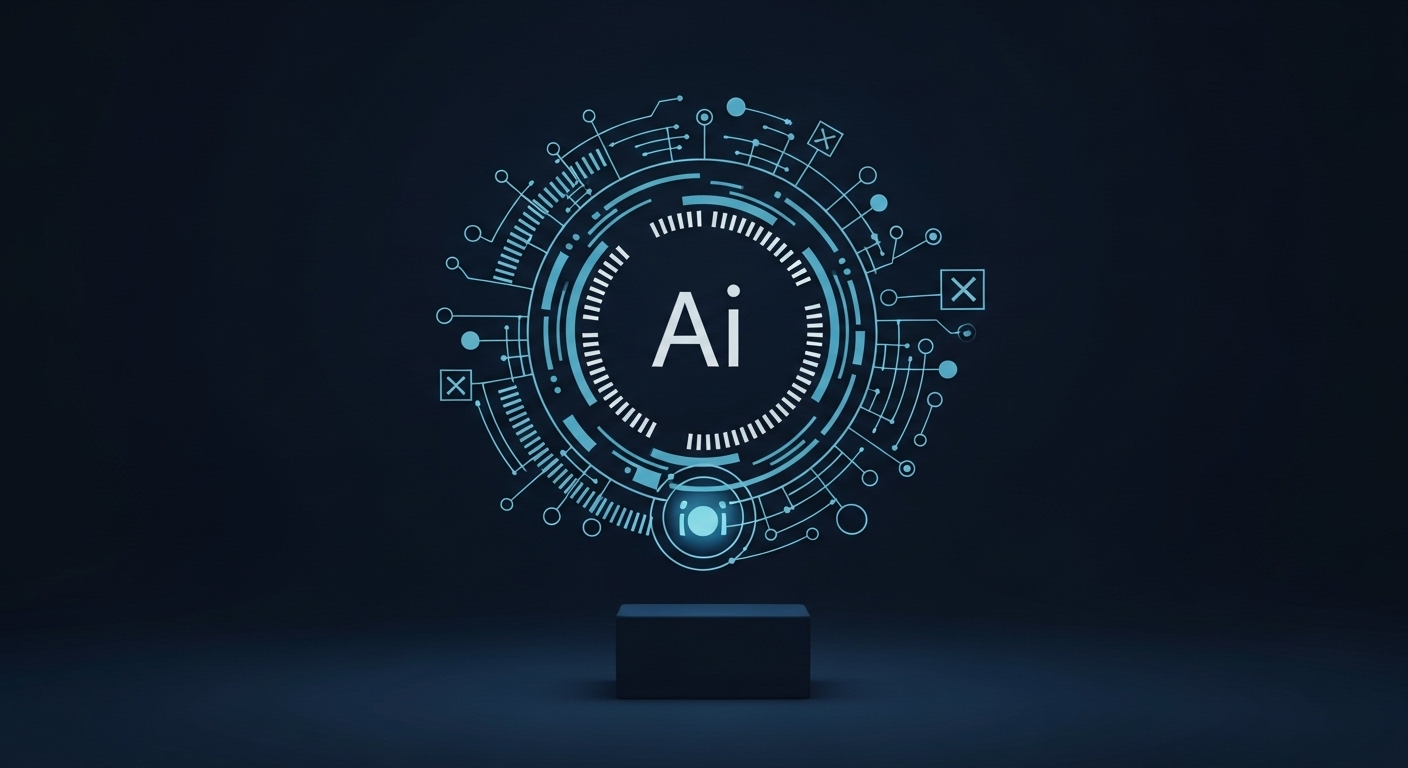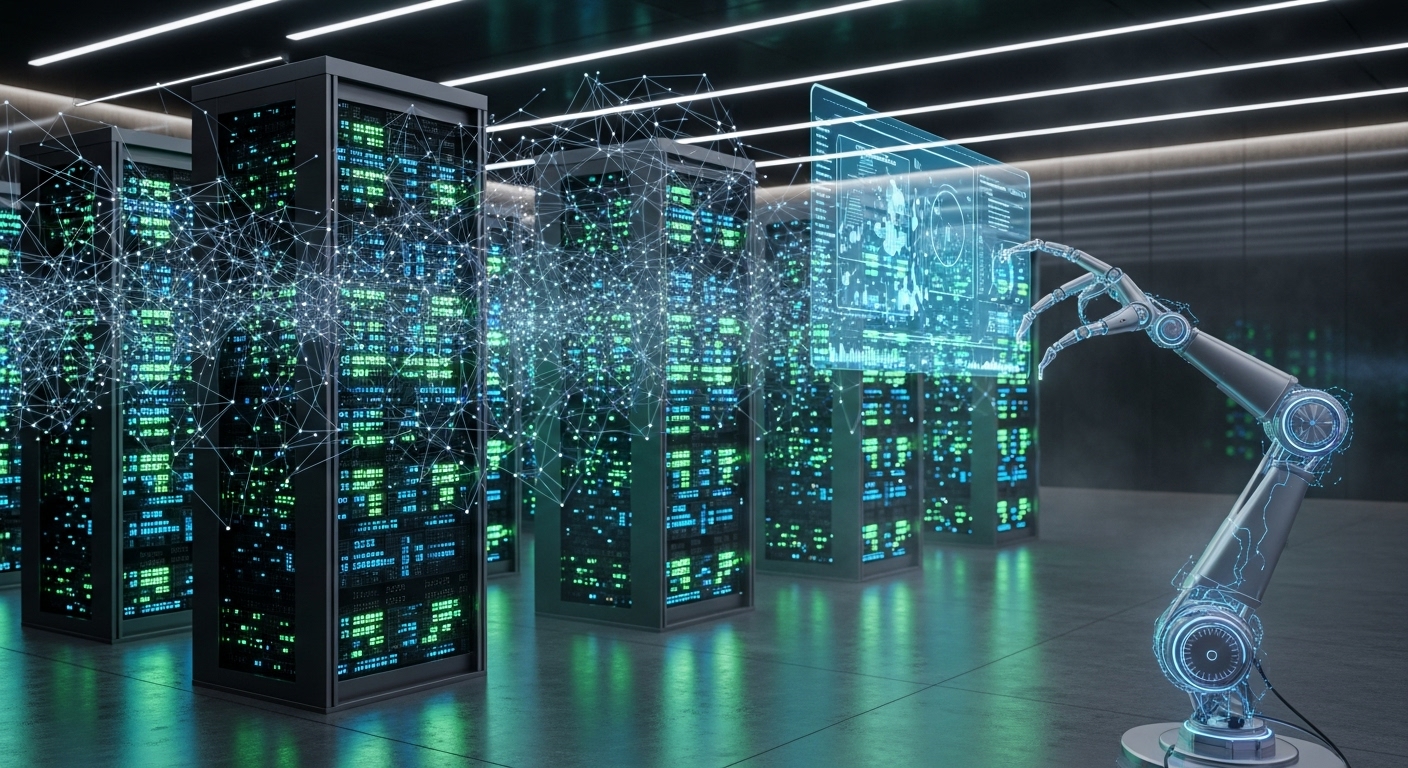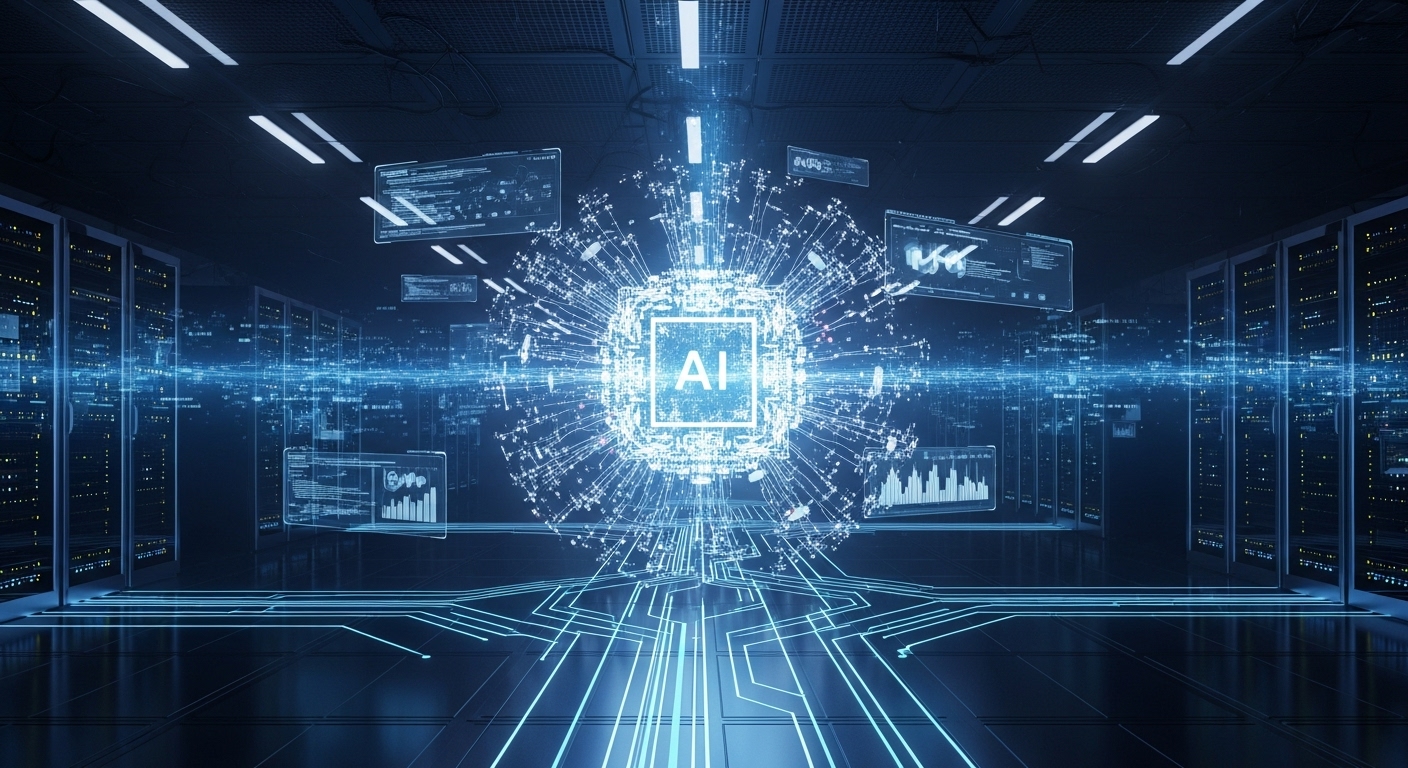Technology has become the cornerstone of modern society. From smartphones and wearable devices to artificial intelligence and cloud computing, it has revolutionized the way we live, work, communicate, and entertain ourselves. Its influence spans nearly every aspect of human life, driving innovation, efficiency, and connectivity on a global scale. Over the last few decades, technological advancements have accelerated at an unprecedented pace, reshaping industries and redefining human interaction.
This blog explores the evolution of technology, its current applications, and its potential to shape the future. We will examine the most impactful areas of innovation, including computing, the internet, artificial intelligence, blockchain, virtual reality, and more, while also considering the social, economic, and ethical implications of these advancements.
The Evolution of Technology
The history of technology is a story of human ingenuity and progress. Early innovations focused on practical tools to improve daily life, such as agriculture, transportation, and communication devices. The invention of the printing press in the 15th century, the steam engine during the industrial revolution, and the telephone in the 19th century transformed human civilization by increasing productivity and connectivity.
The 20th century introduced electronics, computing, and telecommunications, laying the foundation for the digital age. The development of personal computers, the internet, and mobile technology expanded access to information, enabling global communication and digital collaboration. Today, technology encompasses hardware, software, networks, and digital ecosystems that are increasingly interconnected and intelligent.
Computing Power and Its Impact
Computing power has fundamentally transformed how individuals and organizations operate. Personal computers brought accessibility and efficiency, allowing people to work, create, and communicate digitally. The development of high-performance processors and GPUs enabled complex computations, making modern applications like 3D graphics, gaming, and data analysis possible.
Cloud computing represents a paradigm shift in how resources are managed and accessed. It allows organizations to store, process, and analyze large volumes of data without maintaining extensive on-premise infrastructure. This flexibility enables scalability, collaboration, and remote access, revolutionizing business operations and creating new opportunities for innovation.
The Internet and Global Connectivity
The internet is one of the most transformative technological advancements in human history. It has redefined communication, commerce, education, and entertainment, connecting billions of people worldwide. Social media platforms, instant messaging apps, and video conferencing tools enable real-time communication and foster global communities.
E-commerce has transformed traditional business models, allowing companies to reach international markets with minimal physical infrastructure. Digital platforms provide consumers with convenience, choice, and personalized experiences. The internet also democratizes knowledge, offering access to educational resources, research, and information that were previously restricted to select groups.
Artificial Intelligence and Machine Learning
Artificial intelligence (AI) and machine learning are at the forefront of technological innovation. AI systems can analyze data, recognize patterns, and make decisions with minimal human intervention. Machine learning algorithms continuously improve performance by learning from data, making them indispensable tools in industries such as healthcare, finance, marketing, and manufacturing.
AI-powered applications include virtual assistants, predictive analytics, fraud detection systems, autonomous vehicles, and personalized recommendations. These technologies enhance productivity, efficiency, and decision-making, allowing organizations and individuals to leverage insights from complex data sets.
The Internet of Things (IoT)
The Internet of Things connects everyday objects to the internet, creating intelligent ecosystems that communicate and interact autonomously. IoT devices include smart home appliances, wearable fitness trackers, connected vehicles, and industrial sensors.
IoT enhances efficiency, safety, and convenience. Smart homes adjust temperature, lighting, and security based on user preferences. Wearables monitor health metrics, enabling preventive care and personalized treatment. In industries, IoT optimizes supply chains, predictive maintenance, and operational workflows, creating smarter and more responsive systems.
Cybersecurity in the Digital Era
With the rise of digital technology, cybersecurity has become a critical concern. Cyber threats such as hacking, phishing, ransomware, and data breaches pose significant risks to individuals, organizations, and governments. Protecting sensitive data and ensuring secure communication are essential in maintaining trust and operational integrity.
Cybersecurity strategies include encryption, multi-factor authentication, firewalls, threat monitoring, and incident response plans. Organizations invest heavily in cybersecurity to safeguard assets, comply with regulations, and protect user privacy. As technology evolves, cybersecurity must adapt to new vulnerabilities and emerging threats to maintain resilience.
Cloud Computing and Remote Work
Cloud computing has revolutionized how businesses and individuals access and utilize technology. It enables on-demand access to applications, data storage, and computing resources from anywhere in the world. Cloud solutions reduce infrastructure costs, simplify IT management, and facilitate collaboration.
The rise of remote work has been made possible by cloud-based tools for video conferencing, file sharing, and project management. Employees can collaborate efficiently without being physically present in the office. Cloud technology also supports digital transformation initiatives, allowing organizations to innovate and scale operations more effectively.
Emerging Technologies: VR, AR, and Blockchain
Virtual reality (VR) and augmented reality (AR) are transforming how we experience digital content. VR immerses users in fully interactive environments, enhancing gaming, training, education, and simulations. AR overlays digital information onto the physical world, improving navigation, learning, and industrial processes.
Blockchain technology provides secure, transparent, and decentralized systems for managing transactions and data. Beyond cryptocurrencies, blockchain is applied in supply chain management, digital identity verification, and smart contracts. These technologies promise to redefine trust, transparency, and efficiency across multiple industries.
Technology in Healthcare
Technology has revolutionized healthcare by improving diagnosis, treatment, and patient care. Telemedicine enables remote consultations, while AI-assisted imaging enhances accuracy in detecting diseases. Wearable devices monitor vital signs, helping patients and doctors track health trends in real time.
Robotics and automation optimize surgical procedures, reduce human error, and improve efficiency. Healthcare analytics enables predictive modeling, epidemiological research, and personalized treatment plans. Technology is making healthcare more accessible, efficient, and precise, improving outcomes and quality of life for millions.
Technology in Education
Education has been profoundly impacted by technology. Online learning platforms, interactive applications, and digital resources provide access to quality education globally. Virtual classrooms allow students to collaborate and engage in real-time discussions, regardless of geographic location.
AI-powered adaptive learning systems personalize educational content, catering to individual student needs. Gamification and simulations enhance engagement, retention, and comprehension. Technology enables lifelong learning, equipping individuals with skills necessary to navigate an ever-changing job market.
Technology and Business Innovation
Businesses leverage technology to innovate, optimize operations, and enhance customer experiences. Automation reduces repetitive tasks, allowing employees to focus on strategic and creative work. Data-driven insights inform marketing, production, and decision-making.
Digital marketing, social media, and e-commerce platforms enable companies to connect with consumers in personalized and meaningful ways. Technology facilitates global expansion, operational efficiency, and competitiveness in an increasingly digital economy. Organizations that embrace technological innovation are better positioned to adapt and thrive.
Entertainment and Technology
The entertainment industry has been transformed by digital technology. Streaming platforms provide instant access to movies, music, and games, offering personalized experiences for consumers. High-quality graphics, interactive gameplay, and immersive experiences are now standard expectations for digital entertainment.
Gaming has emerged as a leading sector, driven by advanced hardware, cloud gaming, and real-time multiplayer experiences. Esports and live streaming platforms have created new forms of global entertainment and social engagement. VR and AR technologies continue to push creative boundaries, redefining storytelling and audience interaction.
Ethical Considerations in Technology
As technology becomes deeply embedded in society, ethical considerations become increasingly important. Issues such as privacy, cybersecurity, algorithmic bias, and digital equity require careful attention. Policymakers, developers, and organizations must ensure responsible development and deployment of technology.
Equitable access to technology is essential to reduce disparities and foster inclusive progress. Transparency, accountability, and adherence to ethical principles are critical to maintaining public trust. Ethical technology practices help balance innovation with societal well-being.
The Future of Technology
The future of technology promises continued transformation across all sectors. Advancements in artificial intelligence, quantum computing, biotechnology, and next-generation networks will create smarter cities, autonomous systems, and personalized experiences.
Sustainable technology solutions will address environmental challenges, optimize resource utilization, and reduce ecological impact. Collaboration between governments, research institutions, and industries will drive innovation and ensure that technology benefits society.
As digital ecosystems become increasingly interconnected, adaptability, creativity, and lifelong learning will be essential for individuals and organizations to thrive. The integration of emerging technologies will redefine work, education, entertainment, and social interaction.
Conclusion
Technology has fundamentally changed the way we live, work, and interact with the world. Its evolution from simple tools to complex digital systems highlights the transformative power of human innovation.
From computing and connectivity to artificial intelligence, VR, AR, and blockchain, technology continues to shape every aspect of society. It enables efficiency, creativity, and global collaboration while presenting ethical and social challenges that require careful consideration.
As we look to the future, technology will remain a driving force of progress, offering unprecedented opportunities for innovation, connection, and growth. Its story is one of continuous advancement, illustrating the remarkable potential of human ingenuity to shape the modern world.



